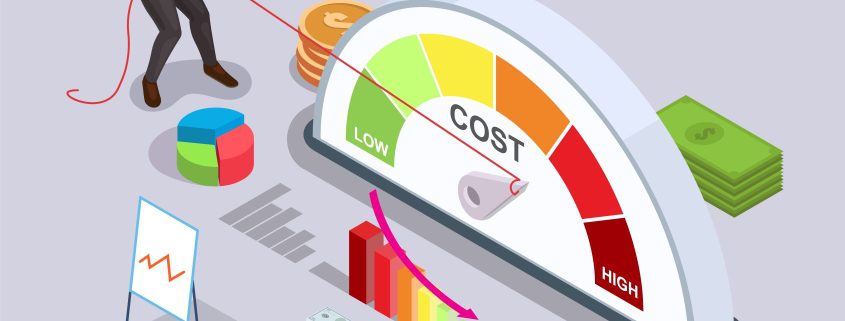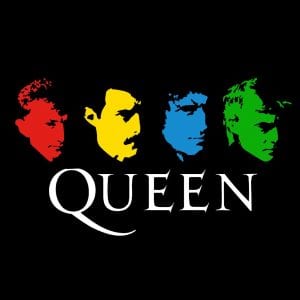
Keys Successful Price Reduction Strategy
There are many reasons why you might be thinking about reducing the prices of a product or service. There are usually two main reasons: the product or service isn’t selling as well as you had hoped, or you’re looking to increase your customer base. A price reduction can help interest potential customers who may not have been interested before. However, if you plan on cutting prices, you need to implement effective price reduction strategy marketing.
Why is Price Reduction Strategy Marketing Important?
There are two critical reasons why you can’t just slash prices without a price reduction marketing strategy in place. First of all, nobody will know about the price change. Secondly, you don’t want those who do know to make the wrong assumptions about why you are changing the price.
Generating Awareness Of Your Price Reduction
If you don’t market the fact that you’re reducing your prices, nobody will know about it. This then defeats the purpose of lowering your prices in the first place. For example, if you are reducing the cost of a product because it isn’t selling well, then it’s still not going to sell well if nobody is aware of the price cut.
Informing Customers Why You Are Reducing Prices
If people don’t know why you cut prices, they will make assumptions. This can hurt your brand image. For instance, some customers might think that you’re discontinuing a product and are trying to get rid of the last of what you have left. Customers don’t want to buy a product if a newer version is coming out soon after.
What Are The Keys To Effective Price Reduction Strategy Marketing?
When you cut the price of a product or service, you should have a goal in mind. After all, why else would you reduce prices? Whatever your goal might be, you’ll want to keep it in mind as you develop your marketing strategy. A good price reduction marketing strategy should include the following:
-
Provide A Reason
If you don’t justify your price cut, your target audience may become skeptical about why you’re doing it. You need to have a good reason. For example, maybe you’re just having a sale to reward your customers. Or maybe it’s an ethical reason (such as temporarily lowering prices during the COVID-19 pandemic). If you’re permanently reducing the price, you should provide an explanation as well.
-
Research Your Competition
If you’re trying to price your product more competitively, then you should do some competitive research. How much are your competitors charging for similar products or services? If you’re temporarily reducing prices, then you might want to make them even lower than your competition. Doing so can help you steal customers who are willing to try your product or service due to the low price.
-
Establish A Timeline
Is your price cut going to be permanent or temporary? If it’s temporary, you should market it as such. You’ll want to note exactly when you plan on reducing the price. You should also mention how long it will remain at that price point. This way, customers who want to take advantage of your price reduction won’t miss out. The last thing you want is for customers to not make the purchase because they didn’t know that your price cut was temporary.
-
Consider Your Buyer Personas
Consider how a price change will affect your buyer personas. You might not realize it, but reducing the price isn’t always the best way to increase sales. This is especially true if your buyer personas are on the wealthier side. These personas are likely looking for a premium product or service. If you lower the cost of your product significantly, it may lose the perception of luxury.
-
Focus On Features
One of the biggest mistakes that companies make is to focus solely on the price cut. While the price reduction will attract many customers, it’s not the main reason why they will make the purchase. It’s the features of your product or service. Focus on the features that make your product or service worthwhile. The features are what provide the real value, after all.
Implement A Successful Price Reduction Marketing Strategy Today
Reducing the price of your product or service can help you increase sales and your customer base. If you take the time to develop an effective price reduction marketing strategy, it will result in both a short-term impact and a long-term impact (even if you’re only reducing prices temporarily).











 These infographics keep the readers on your site longer, increasing the chances that they will convert into leads or customers. The interactive elements also make your content more shareable, which can lead to increased brand awareness and improved search engine rankings.
These infographics keep the readers on your site longer, increasing the chances that they will convert into leads or customers. The interactive elements also make your content more shareable, which can lead to increased brand awareness and improved search engine rankings.









 LIII. As Gary Numan’s futuristic song “Cars” plays in the background, drivers race to Walmart in iconic vehicles, including the “Ghostbusters” car, Lightning McQueen from “Cars,” Batman’s Batmobile, the “Dumb and Dumber” dog car, KITT from “Knight Rider”, Scooby Doo’s Mystery Machine, the “Back to the Future” DeLorean, and even Cinderella’s pumpkin carriage. Every generation can recognize this ad, there is something for everyone.
LIII. As Gary Numan’s futuristic song “Cars” plays in the background, drivers race to Walmart in iconic vehicles, including the “Ghostbusters” car, Lightning McQueen from “Cars,” Batman’s Batmobile, the “Dumb and Dumber” dog car, KITT from “Knight Rider”, Scooby Doo’s Mystery Machine, the “Back to the Future” DeLorean, and even Cinderella’s pumpkin carriage. Every generation can recognize this ad, there is something for everyone. in some of their recent commercials. “When we were considering how to bring our message to life, we were looking for a familiar voice that would bring our brand attributes to life,” Jennifer Hanley, senior VP-brand marketing for Nationwide, said in
in some of their recent commercials. “When we were considering how to bring our message to life, we were looking for a familiar voice that would bring our brand attributes to life,” Jennifer Hanley, senior VP-brand marketing for Nationwide, said in 








